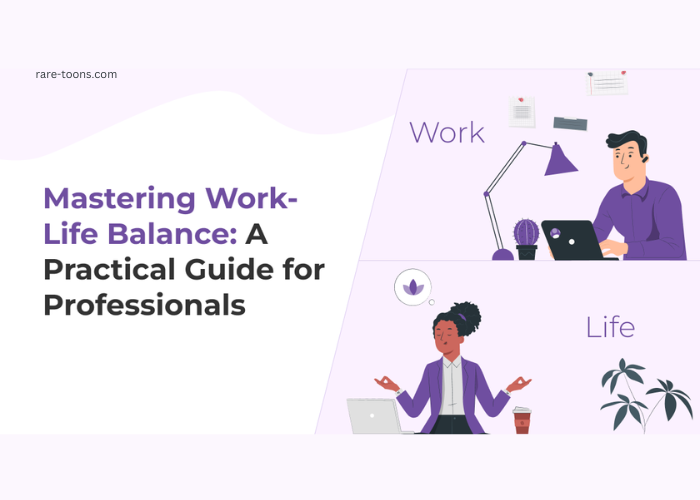In today’s fast-paced and hyperconnected world, achieving a harmonious work-life balance has become both a priority and a challenge for professionals across industries. Balancing the demands of a fulfilling career with personal responsibilities and self-care is essential for long-term well-being and success. Here’s a guide to help you achieve and maintain work-life balance.
1. Understand the Importance of Balance
Work-life balance is not just about dividing time evenly between work and personal life; it’s about feeling fulfilled and effective in both areas. Without balance, stress, burnout, and dissatisfaction can creep in, affecting your physical health, mental well-being, and relationships.
2. Set Clear Boundaries
One of the most effective ways to achieve balance is by setting boundaries between work and personal life. Communicate your working hours to colleagues and clients, and stick to them. Avoid checking emails or taking calls during personal time unless absolutely necessary.
3. Prioritize Your Tasks
Use tools like to-do lists or productivity apps to identify and focus on high-priority tasks. Apply the Eisenhower Matrix to distinguish between urgent and important activities, delegating or postponing tasks that don’t require immediate attention.
4. Learn to Say No
Overcommitment can lead to stress and inefficiency. Assess your workload and learn to say no to tasks or projects that do not align with your goals or capacity. Politely declining is better than overpromising and underdelivering.
5. Embrace Flexibility
Modern workplaces often offer flexible working options, such as remote work or adjustable hours. Utilize these to accommodate personal responsibilities without compromising professional commitments.
6. Practice Self-Care
Self-care is not a luxury but a necessity. Make time for activities that rejuvenate you, such as exercising, meditating, reading, or pursuing hobbies. A healthy mind and body are crucial for sustained productivity and happiness.
7. Leverage Technology Wisely
While technology can blur the lines between work and personal life, it can also help streamline tasks. Use productivity tools and automation to save time, but set limits on work-related notifications to avoid intrusion into personal time.
8. Seek Support
Don’t hesitate to seek help from colleagues, mentors, or family members when overwhelmed. Sharing responsibilities and seeking advice can provide new perspectives and lighten the load.
9. Reflect and Adjust
Regularly assess your work-life balance and make necessary adjustments. Life circumstances and work demands evolve, so staying flexible and proactive is key to maintaining equilibrium.
10. Celebrate Small Wins
Acknowledge and celebrate your achievements, both professional and personal. Recognizing progress, no matter how small, can boost morale and motivate you to keep striving for balance.
Conclusion
Achieving work-life balance is an ongoing journey rather than a one-time goal. It requires conscious effort, discipline, and adaptability. By setting clear boundaries, prioritizing tasks, and practicing self-care, professionals can create a fulfilling and sustainable lifestyle that supports both their career ambitions and personal well-being.

